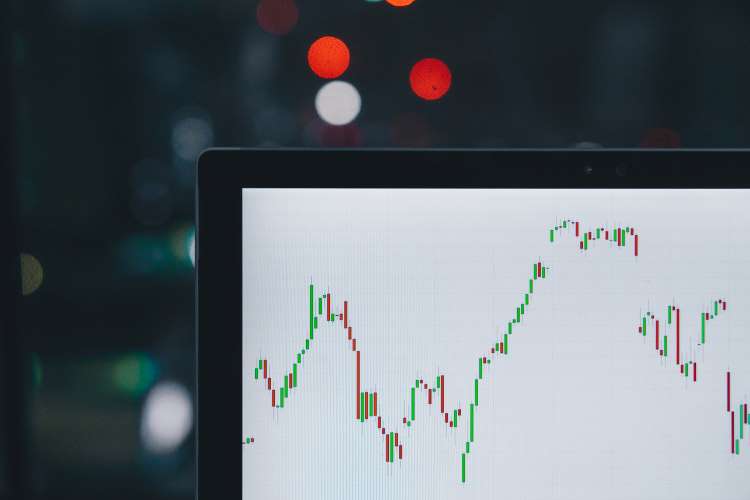
The Reserve Bank of India kept the policy repo rate unchanged, contrary to what economists had expected. RBI Governor Shaktikanta Das on Thursday said that the monetary policy committee has decided to keep the repo rate unchanged at 6.5%, but will take steps if the situation warrants. The central bank has raised the rate by 250 basis points since May last year to keep inflation under control.
The RBI emphasised that the decision to keep the repo rate unchanged was based on the assessment of the current macroeconomic and financial conditions, though there are concerns about the consumer inflation rate which is still above its comfort range. The decision was influenced by the turbulence in the global banking sector, triggered by the failures of a few banks in the US including the Silicon Valley Bank. The fall of the SVB had brought about fears of a contagion effect in other parts of the world as well. The RBI, however, has not denied the possibility of future rate hikes. The bank said it would pause rate hikes for this meeting, and not for future meetings.
READ | Regulation of e-pharmacies: India can draw from global best practices
The repo rate and inflation
The repo rate is defined as the rate at which the central bank lends money to commercial banks or financial institutions against government securities. When the apex bank increases the repo rate, banks will see their borrowing costs rise, leading to suppressed demand and lower inflation.
The recent high frequency indicators suggest that there is some improvement in global economic activity which, in turn, has tempered the outlook. While headline inflation is moderating, it remains well above the targets of the central bank.
While the repo rate has been hiked by 250 bps in the last 11 months, the effective rate hike has been 290 bps. The RBI governor said that ever since the bank started the rate cut cycle in Feb 2019 to support growth, there has been a relief in inflation. However, increasing the repo rate to curb inflation is a double-edged sword as while it does curb inflation, it also depresses growth.
The RBI has been in a fix ever since it has doled out higher interest rates as it was also supposed to provide a fillip to growth. In the view of the same, the MPC voted by 5 out of 6 majority to remain focused on the withdrawal of accommodation to ensure inflation aligns with a target while focusing on growth.
Outlook on global economy
The current outlook on the global economy remains cautious as there is a renewed phase of turbulence in the same.
Speaking about global factors, RBI Governor Das said that the world is witnessing unprecedented uncertainties in geopolitics and economy. In fact, the collapse of certain banks have put the world economy in further peril.
Common man and repo rate
For one, homeowners can breathe a sigh of relief as they were reeling under the pressure of lengthening loan tenors and rising interest rates, according to analysts. The decision to keep the repo rate unchanged is also a positive sign for the banking and NBFC sectors, and it is expected to benefit other sectors such as real estate and infrastructure.
It is expected that real estate along with other sectors will build up on the news as it has come at the beginning of the new financial year. The prospective homebuyers will now be encouraged to crystallise their buying decision. Home loan interest rates have gone up from 6.5% to around 8.75% with a series of rate hikes in the past and the move to pause will give a temporary reprieve and support the growth momentum in the real estate sector. This means sales, especially in the affordable and mid-housing segments, will witness a boost.
Monetary policy typically impacts the real economy with a lag of three to four quarters. The full impact is expected to slow growth and moderate inflation in the current financial year 2023-2024. The RBI is likely to respond by cutting rates towards the end of fiscal 2024.
